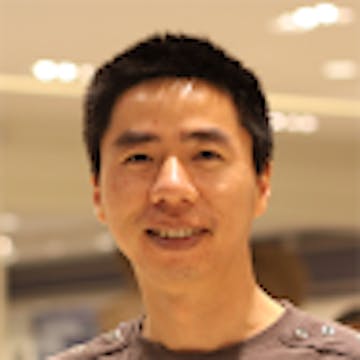Skip to content
Share
Explore

The Framework

The Basic Model
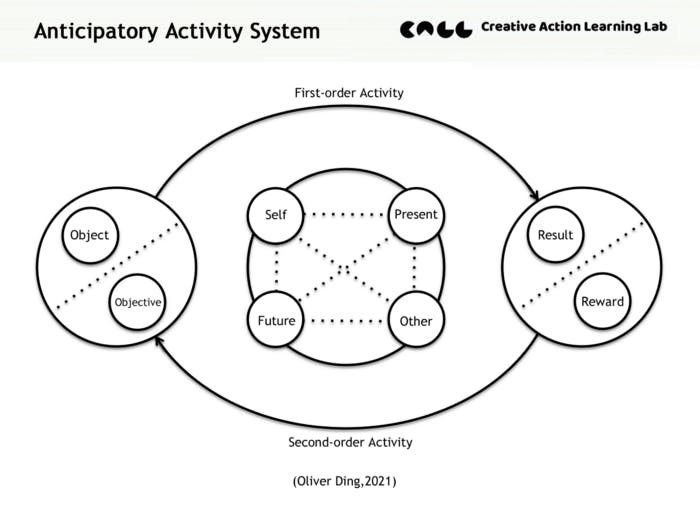
The Standard Model

The AAS4LT framework
How do I develop the AAS framework?
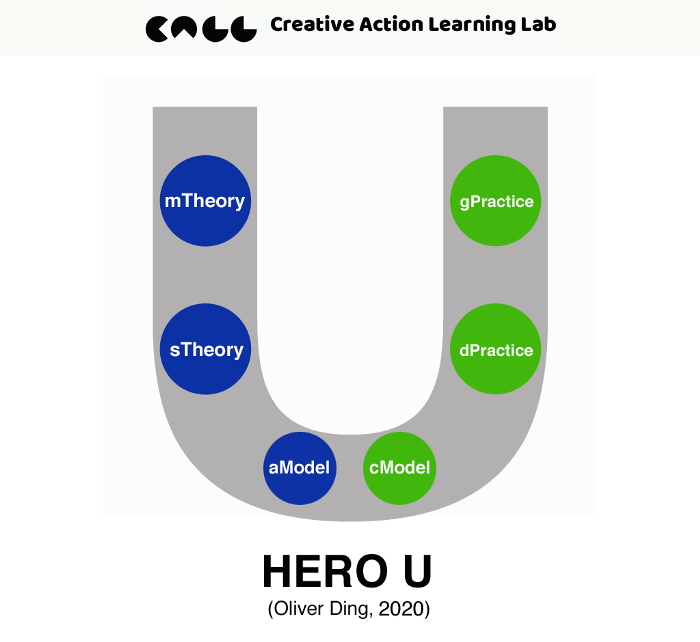

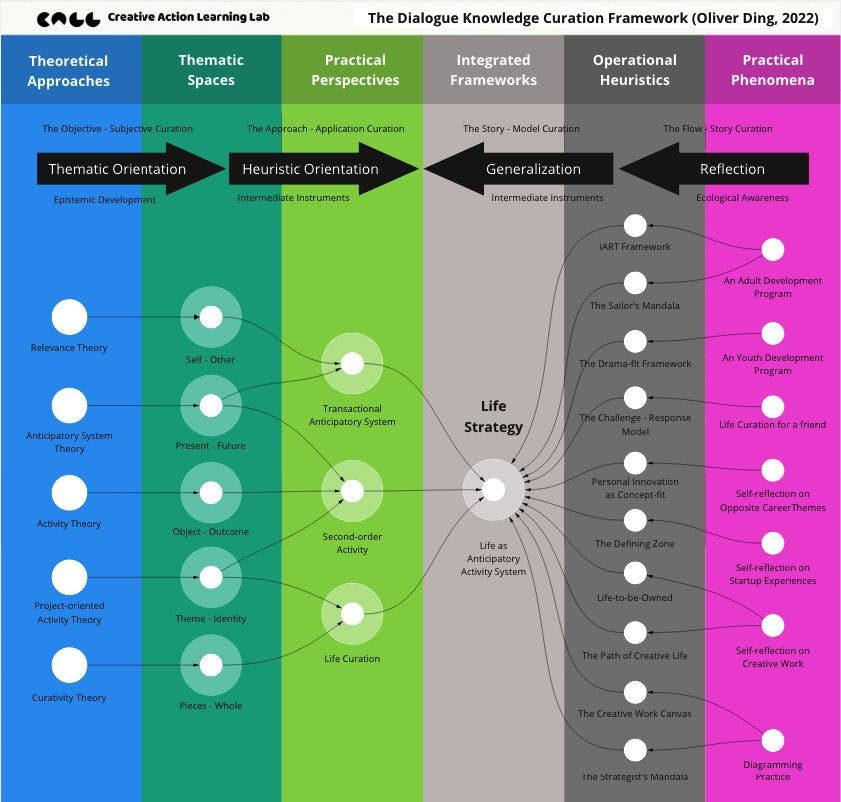
1. The Flow — Story Curation
2. The Story — Model Curation
3. The Objective — Subjective Curation
4. The Approach — Application Curation
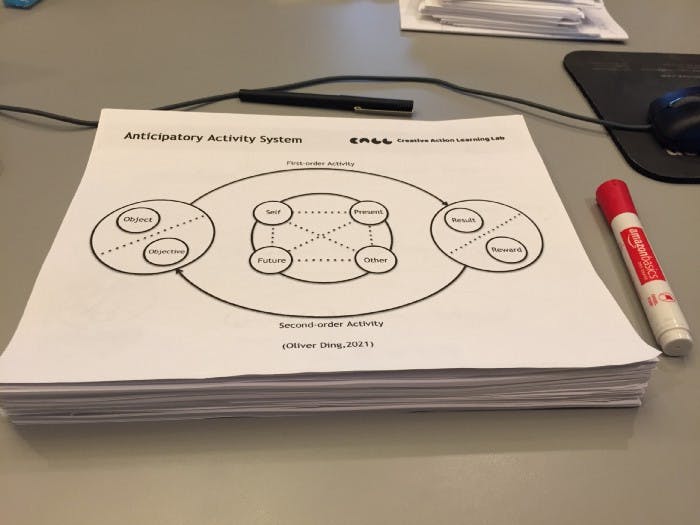
Related Articles
Want to print your doc?
This is not the way.
This is not the way.

Try clicking the ⋯ next to your doc name or using a keyboard shortcut (
CtrlP
) instead.